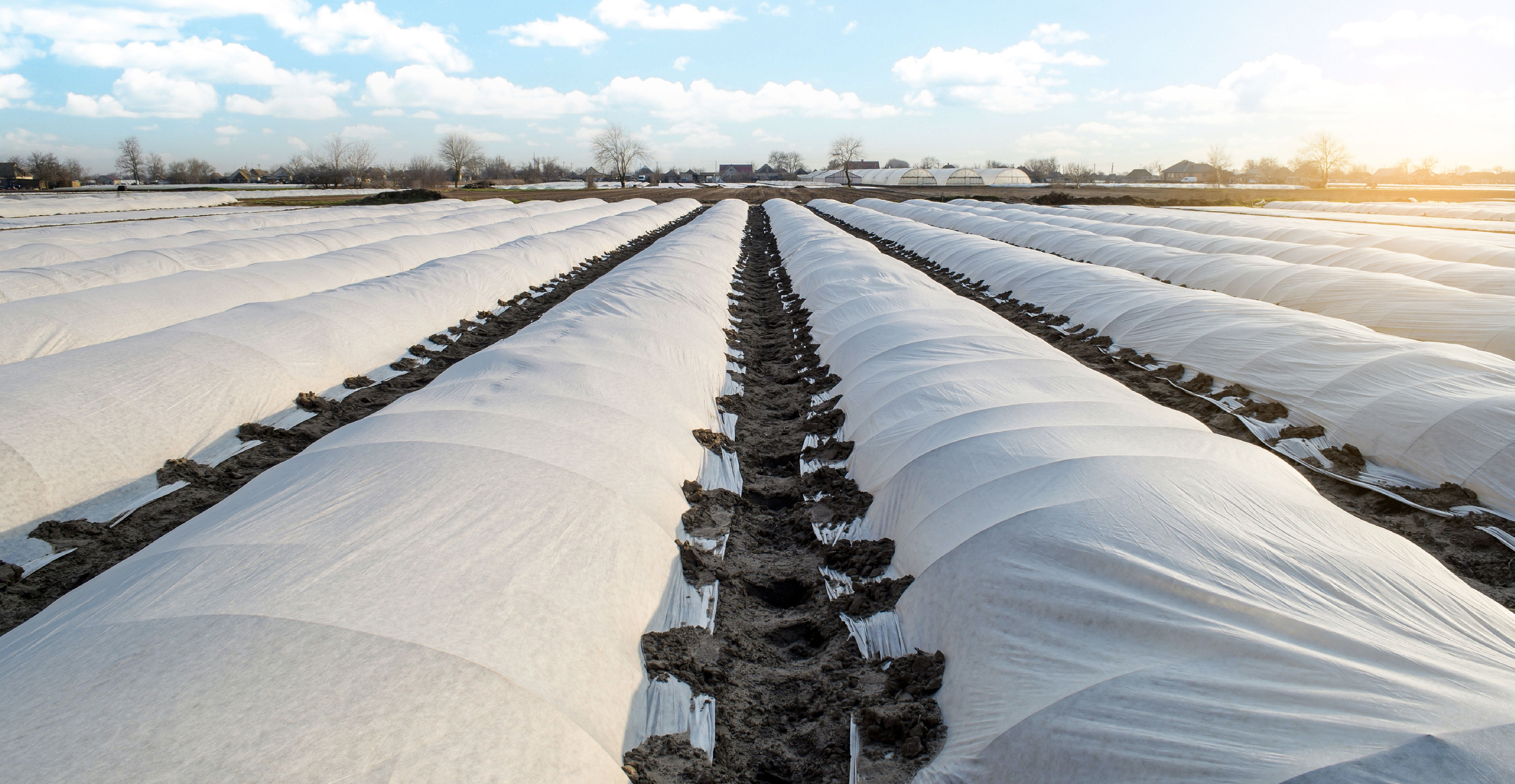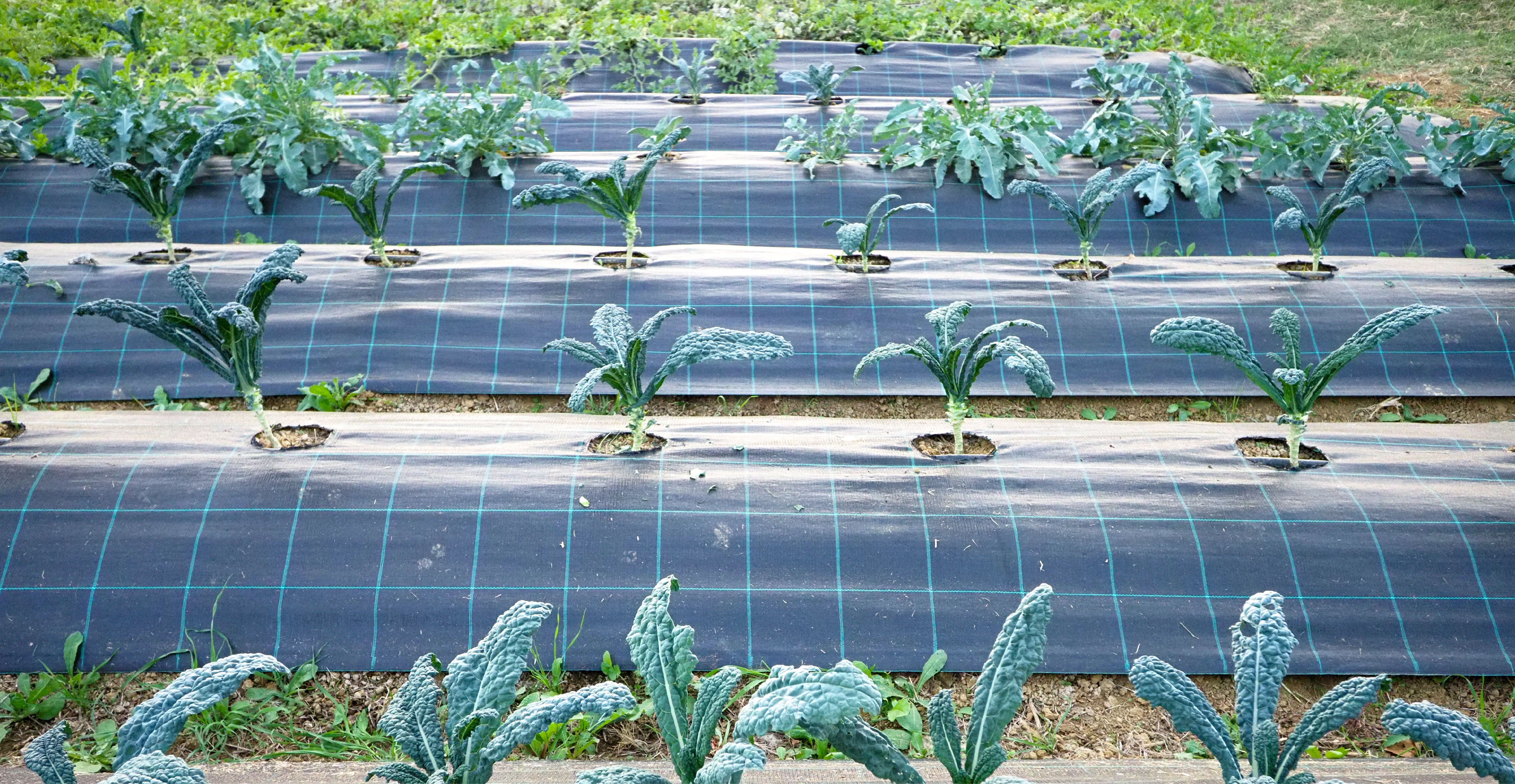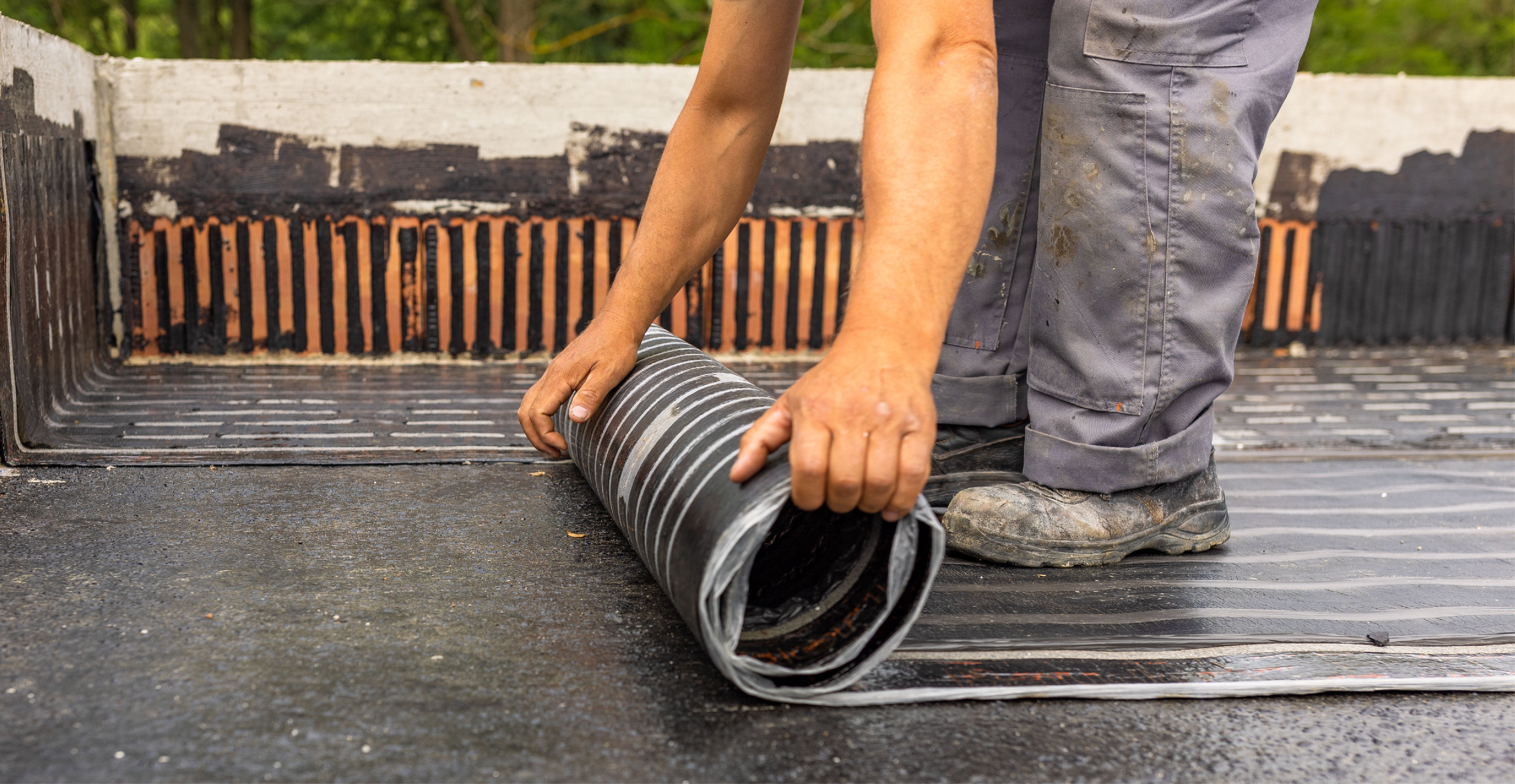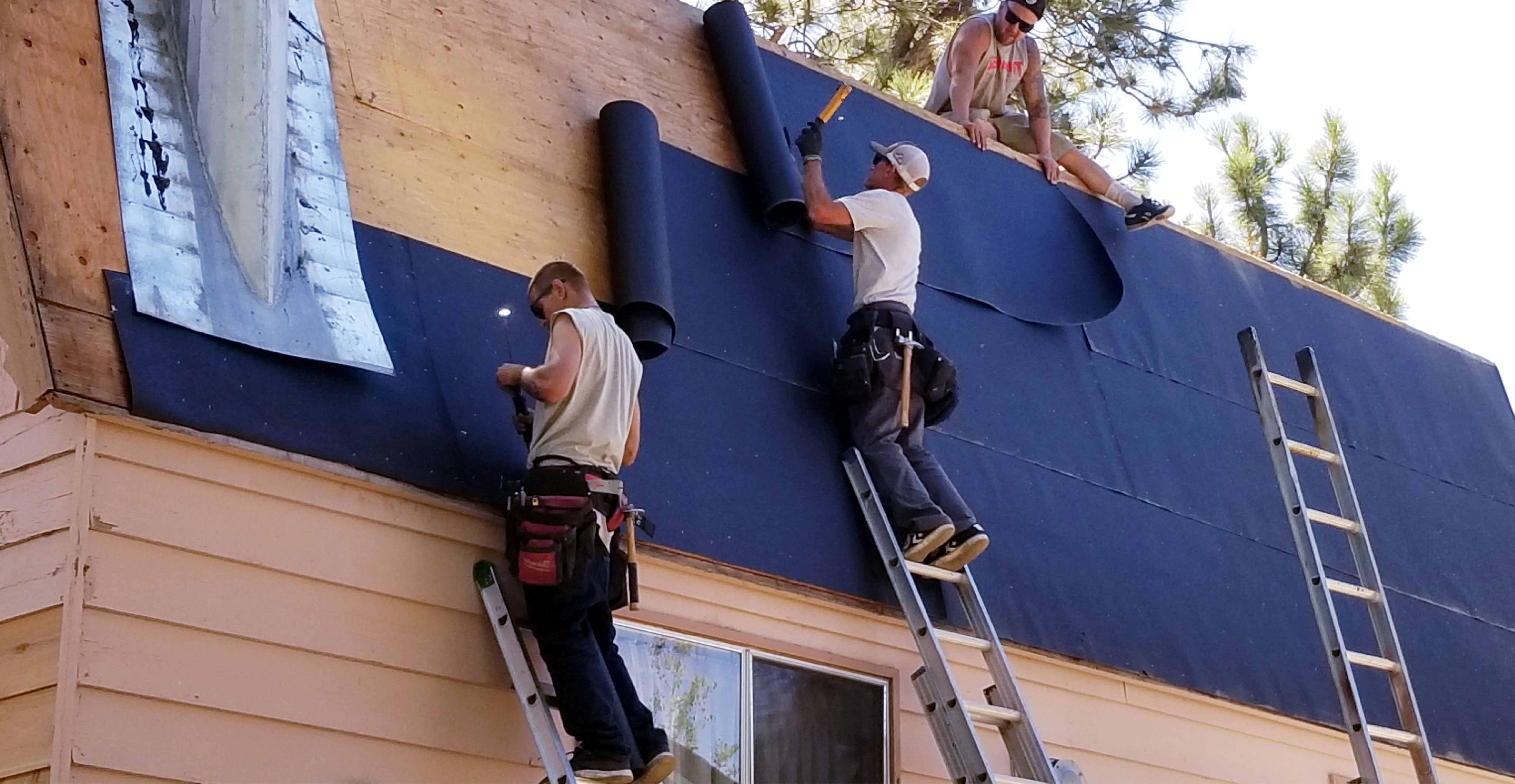
How Crop Covers Improve Yields and Reduce Pesticides.
In today’s world, where sustainability and eco-friendly practices are becoming the norm, farmers are constantly searching for ways to improve crop yields while reducing reliance on chemical pesticides. One solution that has steadily gained attention is the use of crop covers. These protective fabrics, also known as agricultural covers or row covers, are not just a tool for shielding plants from pests and weather, but also for improving the health of crops and ensuring higher yields.
In this blog, we will explore how crop covers can revolutionize farming by increasing productivity and reducing the need for pesticides. We will also dive into how this simple yet effective tool can help farmers achieve a healthier, more sustainable agricultural system.
What Are Crop Covers?
Crop covers are lightweight, porous fabrics used to cover plants and crops in the field. These covers provide a physical barrier that protects plants from harmful pests, extreme weather conditions, and soil erosion. Typically made from materials such as polypropylene or polyethylene, crop covers allow light, air, and moisture to penetrate, while keeping out harmful insects and environmental factors that can negatively impact crop growth.
The main purpose of crop covers is to create a controlled microclimate, which leads to healthier plants, reduced chemical use, and ultimately, improved yields.
How Crop Covers Improve Yields: The Secret to Healthier Crops
The primary reason why crop covers are so effective is that they create an ideal growing environment for crops. Here’s how they work:
- Protection from Harsh Weather
India’s climate is diverse and unpredictable, with areas facing extreme heat, heavy rains, and even frost. Crop covers provide a layer of protection against these harsh weather conditions, allowing crops to grow in a more stable environment. By shielding plants from excessive sunlight, heavy rains, and frost, crop covers help maintain the right temperature and moisture levels for optimal growth.
- Improved Moisture Retention
A well-hydrated crop is a healthy crop. Crop covers help retain soil moisture by reducing evaporation, especially during hot and dry periods. This helps crops stay hydrated for longer, reducing the need for constant irrigation. In areas where water scarcity is an issue, crop covers can play a vital role in water conservation while still maintaining crop health.
- Pest Prevention
One of the most significant advantages of crop covers is their ability to act as a natural pest barrier. Without crop covers, farmers often rely on chemical pesticides to keep pests at bay. However, with the use of crop covers, harmful insects and pests are physically kept away from the crops, reducing the need for chemical interventions.
By preventing pests from laying eggs on plants, crop covers can drastically reduce the population of pests that affect the crops. This not only improves the health of the plants but also cuts down on the amount of pesticide residue found on produce.
- Enhanced Temperature Control
Crop covers help to maintain a steady temperature around plants, especially during early spring or late fall when temperature fluctuations are more likely. This helps young plants and seedlings thrive, even when external temperatures drop unexpectedly. By creating a more consistent growing environment, crop covers enable crops to grow faster and healthier, leading to higher yields.
- Better Airflow and Ventilation
Crop covers are designed to allow air circulation while still providing protection from external threats. This ensures that the plants can “breathe” without becoming suffocated by moisture or heat. Proper airflow also helps reduce the risk of fungal diseases, which thrive in stagnant, humid environments.
How Crop Covers Reduce the Need for Pesticides
The growing concern over pesticide use in agriculture has led farmers to explore more sustainable alternatives, and crop covers offer just that. Here’s how:
- A Natural Pest Barrier
By covering crops with a physical barrier, crop covers block pests from reaching the plants in the first place. This reduces the need for chemical pesticides, which can have harmful effects on both the environment and human health. With fewer pests attacking the crops, farmers can rely less on harmful chemical sprays, leading to more eco-friendly and organic farming practices.
- Reduced Chemical Residue
Pesticide residue on food is a significant concern for consumers. By minimizing the need for chemical pesticides, crop covers help produce cleaner, healthier food. The reduction in pesticide use means that there is less risk of harmful chemical residues ending up on the fruits and vegetables we consume.
- Lower Costs on Chemicals
Farmers spend a significant portion of their budget on pesticides and other chemical treatments. By using crop covers, farmers can reduce the frequency of pesticide applications, leading to significant cost savings over time. Additionally, using fewer chemicals translates to a reduced environmental footprint, which is crucial for sustainable farming practices.
- Eco-Friendly Farming Practices
By using crop covers, farmers can contribute to more sustainable and eco-friendly agriculture. Fewer chemical inputs mean less soil and water contamination, healthier ecosystems, and a reduced impact on beneficial insect populations like bees and butterflies. Crop covers are a simple yet highly effective tool for moving towards a more organic and sustainable agricultural model.
Different Types of Crop Covers
Crop covers come in various types, each designed to cater to specific farming needs. Here are a few popular ones:
- Floating Row Covers
These lightweight, porous fabrics are draped directly over the crops. They are designed to float on top of the plants, providing protection from insects and weather while allowing sunlight, air, and water to penetrate. These are ideal for crops like lettuce, strawberries, and cabbage.
- Hooped Crop Covers
For taller crops, hoop supports are placed over rows of plants, with the cover stretched over the hoops. This creates a tunnel-like structure that provides more room for plants to grow while still offering protection.
- Shade Nets
These are designed to provide partial protection from the sun while maintaining proper airflow. They are ideal for crops that require some sun but are sensitive to excessive heat or light, like certain types of vegetables or flowers.
Best Practices for Using Crop Covers
If you’re planning to integrate crop covers into your farming practices, here are a few tips to ensure maximum benefits:
- Choose the Right Cover for Your Crop
Different crops require different types of covers. Make sure you choose the right thickness and material based on your specific crop and the conditions you’re trying to protect it from.
- Monitor Moisture Levels
While crop covers can help retain moisture, it’s still important to monitor soil hydration regularly to ensure your plants are getting the right amount of water.
- Secure the Cover Properly
Make sure the crop cover is securely anchored to prevent it from being blown away by the wind. You can use clips, rocks, or soil to hold the cover in place.
- Remove Covers for Pollination
Some crops, especially those that rely on insects for pollination (like cucumbers or squash), will need the cover removed temporarily to allow pollinators access to the flowers. Make sure to time the removal of the cover to optimize pollination.
Conclusion: A Simple Solution for Sustainable Farming
Crop covers are proving to be one of the most effective tools in modern sustainable farming. Not only do they help farmers protect their crops from pests and weather, but they also improve yields, reduce the need for chemical pesticides, and promote eco-friendly farming practices. With crop covers, farmers can create healthier environments for their plants while saving time, money, and resources.
As sustainability becomes a priority in agriculture, crop covers will undoubtedly play a key role in shaping the future of farming. If you’re a farmer looking to boost your crop yields and reduce your environmental impact, crop covers might just be the solution you’ve been waiting for.
So, what are you waiting for? It’s time to say goodbye to excessive chemicals and embrace the future of sustainable farming with crop covers!
For more tips and advice on sustainable farming, or to explore the best crop covers available, feel free to contact us today!






